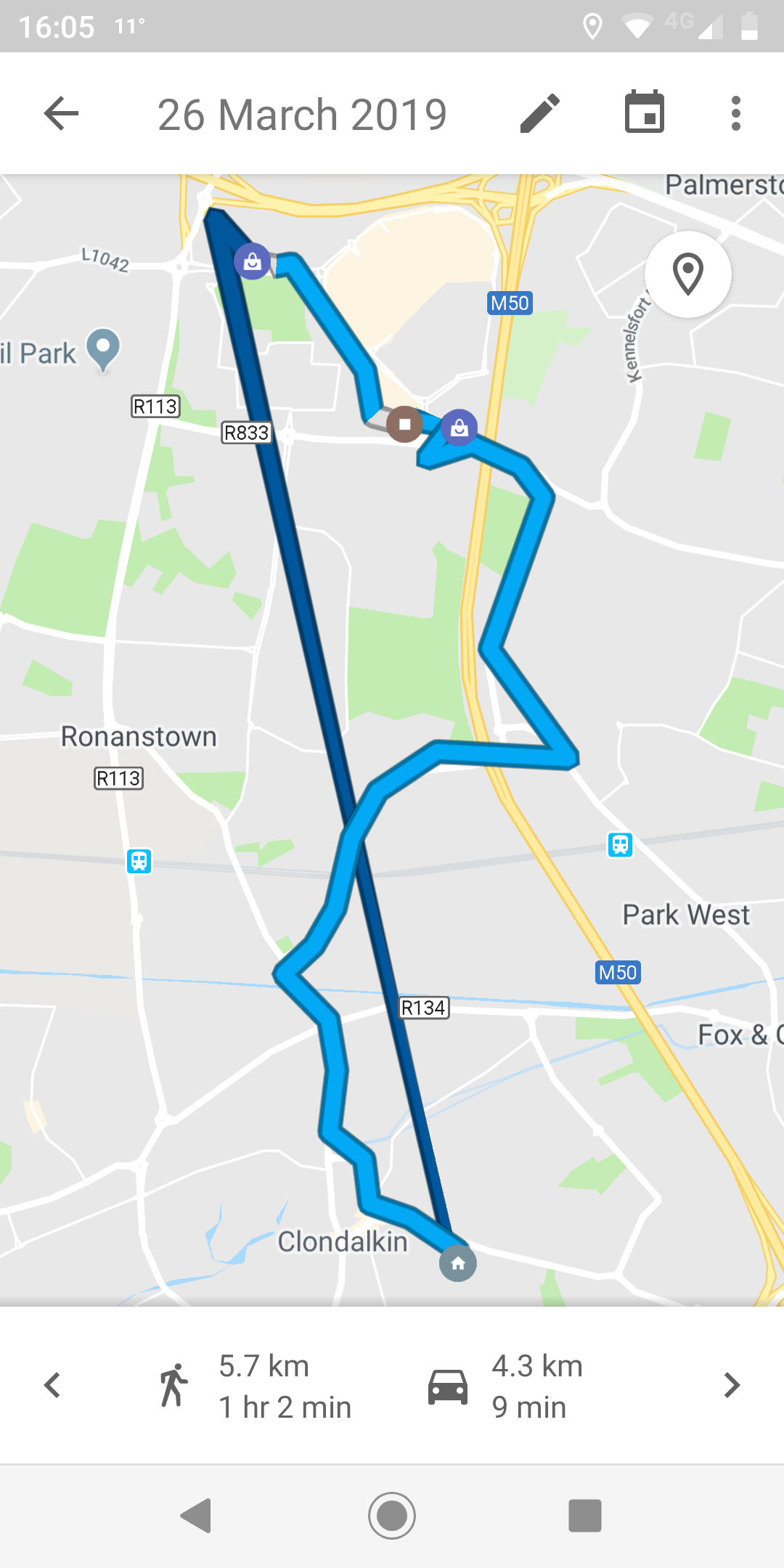Google Maps Timeline, an archive of your digital wanderings, offers an intriguing look into your past travels. What if you decide to preserve this history, study it, or keep a local copy? This walkthrough will walk you through the process of exporting your Google Maps Timeline history.

1. Opening Your Timeline:
Open Export Google Timeline To Excel: Start the Google Maps app on your smartphone or go to maps.google.com on your desktop.
Navigate to Your Timeline: Access the "Your Timeline" option within the Google Maps dashboard. This is typically located in the menu or under your profile settings.
2. Exporting Your Data:
Access Export Google Timeline To Excel Takeout: Google Takeout is the central hub for downloading your Google data.
Select "Location History": In the Takeout menu, select "Location History." This will include your Timeline data.
Customize Your Export:
File Format: Choose the desired file format (e.g. KML, KMZ, JSON). KML and KMZ are common geospatial formats, while JSON is a versatile data exchange format.
Delivery Method: Decide on how you prefer to get your data (like email, Google Drive).
Start Export: Begin the export process. Depending on the size of your Timeline data, this may take some time to complete.
3. Making Sense of Your Exported Data:
KML/KMZ: These formats are widely adopted in mapping software and can be quickly visualized in Google Earth or other GIS applications.
JSON: This format is adaptable and can be applied in further examination or integration with other applications. You could need to use a script to parse and visualize the data.
Tips and Considerations:
Review Your Timeline: Ahead of exporting, review your Timeline and ensure you're comfortable with the data being exported.
Privacy Settings: Update your Location History settings in Google Maps to control what data is stored.
Data Security: Store your exported data carefully on your computer or a secure cloud storage service.
Beyond the Technical:
Exporting your Google Maps Timeline is more than a technical exercise. It's an way to revisit your past, analyze your travel patterns, and develop a deeper understanding of your relationship with the physical world.
Disclaimer: This resource provides basic information and may not be applicable to all users or devices. Google's options and functionalities may change over time.
This article strives to be unique by:
Focusing on the "why" alongside the "how": Emphasizing the importance of exporting Timeline data for personal reflection, insight, and preservation.
Providing a clear guide: Breaking down the process into simple steps.
Giving practical tips and considerations: Focusing on privacy concerns and data security.
By following these steps, you can unlock the latent value of your Google Maps Timeline and obtain a deeper understanding of your digital footprints.